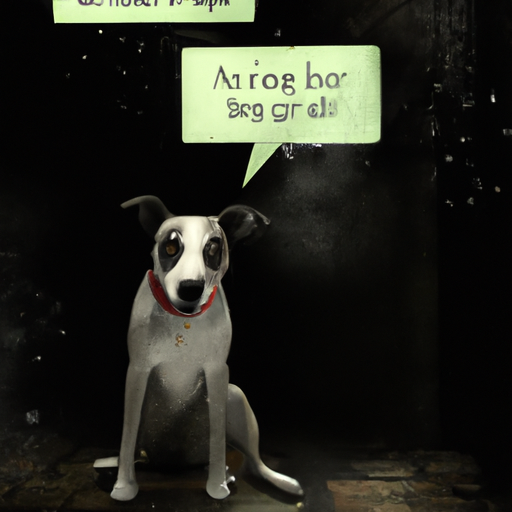Understanding Your Dog’s Language
You’re more than just a pet owner, you’re a caregiver. Like a parent learning the unique cries of their baby, you must understand the signals your furry friend is sending. Dogs communicate their needs and feelings through various ways.
- Non-verbal signs: Your dog may whimper, growl, or bark to express themselves.
- Physical signs: Dogs can display signs of distress through their body language.
Understanding these signs can be a bit complex. But, fear not! You’re about to dive into the world of canine communication.
Recognizing the Signs
Just as every human has unique ways of expressing emotions, so do dogs. However, there are some common signs that indicate your dog might be in distress.
- Change in Behavior: Dogs are creatures of habit. Any sudden change in behavior could be a sign of distress.
- Physical Changes: Look for changes in their appetite, sleep patterns, or bathroom habits.
| Normal Behavior | Distress Signs | |
|---|---|---|
| Eating Habits | Regular, healthy appetite | Refusing food, overeating |
| Sleeping Habits | Regular sleep pattern | Excessive sleep, insomnia |
| Bathroom Habits | Regular, healthy bowel movements | Diarrhea, constipation |
Responding to Your Dog’s Cry for Help
You’ve noticed the signs, now what? It’s time to respond. Remember, your dog is relying on you.
- Stay Calm: Your dog picks up on your emotions. If you’re stressed, they will be too.
- Check for Immediate Dangers: Is there something in their environment causing distress?
- Reach Out to a Vet: If the distress signs persist, it’s better to seek professional help.
Preventive Measures
Prevention is always better than cure. Here’s how you can proactively ensure your dog’s well-being:
- Regular Vet Check-ups: Regular vet visits can help nip any potential health issues in the bud.
- Healthy Diet & Exercise: A balanced diet and regular exercise are crucial for your dog’s overall health.
- Mental Stimulation: Engage your dog in stimulating activities to keep their mind sharp.
FAQ
Q: How often should I take my dog to the vet?
A: At least once a year for a general check-up.
Q: How can I tell if my dog’s behavior change is serious?
A: If the change in behavior persists for more than a day or two, it’s time to seek professional help.
Q: What should I do if my dog is showing signs of distress but there’s no apparent reason?
A: In such cases, it’s best to contact your vet. They can provide guidance based on your dog’s specific situation.
Understanding your dog’s cries for help is a journey. But with patience and dedication, you can be the best caregiver for your furry friend.



